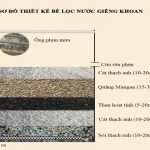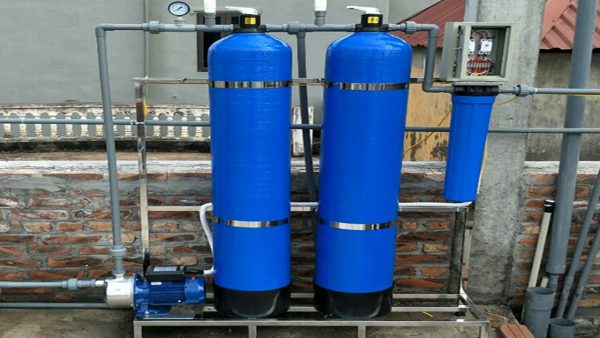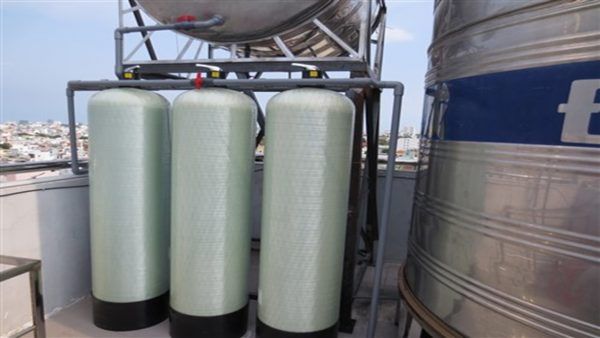Care Tips for Flourishing Anturium Plants
The Anturium stands out with its bright spathes and lush green leaves. It's a top pick for those who love indoor gardening. These tropical houseplants not only make your space more beautiful. They also bring a bit of the exotic inside.
These plants are known for their heart-shaped flowers. They're pretty but also purify the air by removing toxins. To keep them healthy, it's crucial to know all about Anturium care. This guide gives you all you need to help your Anturiums thrive. We'll cover light and temperature requirements, how to water them, and the best soil to use.
Understanding the Anturium Plant
The Anturium is known for its bright spathes and glossy leaves. It's loved by both new and experienced gardeners. Exploring its origins and various species reveals why it's so cherished.
Origins and Native Habitat
The Anturium is from the Araceae family. It comes from the rainforests of Central and South America. In places like Colombia, Ecuador, and Panama, these plants flourish under large trees.
They thrive in humid, shaded spots. This makes them perfect for indoor conditions too.
Popular Varieties and Species
There are many species of Anturium, each with unique traits. The Anturium andraeanum, or Flamingo Flower, is famous for its red spathes and heart-shaped leaves. The Anturium scherzerianum has a spiral spadix and is also a popular choice.
These varieties offer a wide range of forms and colors. This allows people to pick plants that fit their style and home environment.
Optimal Growing Conditions for Anturium
For your Anturium plant to thrive, creating the right environment is key. Think about light, temperature, and humidity. These factors hugely improve its health and energy. We'll look into what makes gardening best for Anturiums.
Light Requirements
Anturiums do well in bright, indirect light. Direct sun can damage their leaves. Thus, placing them where light is soft is crucial. A north or east-facing window works well. Sheer curtains can soften the light too, giving plants the perfect amount.
Temperature and Humidity
Anturiums love warmth, thriving in 70°F to 86°F (21°C to 30°C). They need steady warmth, away from cold spots or quick changes.
High humidity matters too, between 60% and 80%. For this, use a humidifier, or place water near them. Misting the leaves can also help. This mimics their natural setting, encouraging growth.
Following these tips in your gardening will make sure your Anturiums get ideal temperature control and humidity. This leads to healthy, beautiful plants.
Watering Your Anturium
Getting the watering right is vital for your Anturium's health. Too much or too little water can cause big problems. Root rot and dehydration are issues you want to avoid. So, creating a balanced watering schedule is key.
To know when to water, check the soil's moisture. Push your finger about an inch into the soil. If the soil feels dry, it’s watering time. Make sure the water drains well. This helps prevent root rot.
Also, use tepid water for your plant. Cold water can harm the roots, and hot water can burn them. Spread the water evenly over the soil to reach the roots well.
Anturiums might need more water in the summer, maybe every week. But in the cooler months, they need less water. This is because their growth slows down. Add these tips to your care routine for a healthy Anturium.
In short, keeping the right moisture level is critical for Anturium care. Watch and adjust your watering with the seasons. This will help your Anturium grow strong.
Soil and Potting Tips
Getting the right soil mix is key to keeping your Anturium healthy. It's important to find soil that ensures root health. A good mix also supports growth by balancing drainage and aeration.
Choosing the Right Soil
Look for a soil blend that drains well but keeps moisture. Ideal ingredients include orchid bark, perlite, and peat moss. Steer clear of heavy soils to avoid root problems.
Keeping an eye on the roots is vital. They should be white or light in color and firm. Avoid roots that are soft or not the right color.
Potting and Repotting Guidelines
Potting should be careful, whether it's a new or existing Anturium. Use a pot with holes to avoid water buildup.
Be gentle when moving the plant. Remove old soil and check the roots. Cut away any that are dead or decaying. Then, put the plant in a new pot with fresh soil. Water it to settle the soil around the roots.
Repotting every 2-3 years is good for the Anturium. It replaces old soil and gives roots more space, helping the plant stay healthy.
Fertilizing for Healthy Growth
Fertilizing right is key for healthy plant growth. It feeds various Anturium types. Learning about top fertilizers and how to use them can really boost your plants’ health and looks.
Best Fertilizers for Anturium
Picking the perfect fertilizer is crucial for strong Anturium growth. Opt for balanced, water-soluble types, like the 20-20-20 mix. It has everything your plant needs: nitrogen, phosphorus, and potassium.
- Slow-release fertilizers: These offer nutrients slowly, which is great for continuous feeding.
- Organic fertilizers: Options like compost tea or old cow poop help feed plants and better the soil.
Application Techniques
How you apply fertilizer matters. It’s important to avoid giving too much or too little.
- Frequency: Usually, fertilize every four to six weeks in warm months. In cooler months, do it less, every two to three months.
- Quantity: Stick to what the product label says to avoid harming your plants.
- Method: Mix water-soluble fertilizers well and use them when you water. Make sure the soil is moist first so you don’t hurt the roots.
Following these fertilizing tips will help your Anturium thrive. It will get the right food for growth and beautiful flowers.
Pruning and Grooming
Keeping your Anturium beautiful and healthy means careful pruning techniques and regular grooming indoor plants. Start by taking off any yellow or damaged leaves. This helps your plant grow strong and healthy.
Use clean, sharp scissors or pruning shears to cut. This prevents hurting the plant or spreading diseases. Trim any branches that stick out too much. It helps the plant look good and grow evenly.
Checking, pruning, and grooming often can help avoid pests and diseases. Experts from botanical gardens say to remove old flowers after they bloom. This helps the plant grow new ones. Wipe leaves with a damp cloth to keep them clean. This lets the plant make food from light without dust getting in the way.
With these pruning techniques and grooming indoor plants tips, you'll make your Anturium look great. And you'll keep it very healthy, too.
Dealing with Common Pests and Diseases
Keeping your Anturium plants healthy means careful watch. It's important to know about pests and diseases they might face. Knowing how to spot and treat these problems is key to keeping your plants healthy.
Identifying Common Pests
Anturium plants can attract several pests. Look for signs like:
- Spider Mites: Small, often red bugs that weave fine webs on leaves and stems.
- Aphids: Tiny, green or black bugs that gather on new shoots and buds.
- Mealybugs: White, fluffy spots on leaves and stems, draining the plant's health.
Effective Treatment Options
To keep Anturium plants healthy, try these methods:
- Natural Predators: Ladybugs are great for controlling aphid problems.
- Neem Oil: An organic spray for spider mites and other pests.
- Regular Cleaning: Wipe leaves often to keep pests at bay.
- Insecticidal Soaps: Good for mild mealybug issues.
Watch your Anturium plants closely and address any issues fast. Quick action and good care can keep your plants healthy.
Encouraging Flowering in Your Anturium
Anturiums are flowering plants that need certain care to bloom well. They produce vibrant and long-lasting flowers with the right attention. This care helps them stay in top condition for blooming all year.
Light is crucial for Anturiums to bloom. They do best in bright, but indirect, sunlight. Direct sun can harm their leaves, and too little light can reduce blooms. Use grow lights if you don't have enough natural sunlight.
Fertilizing is important for getting Anturiums to flower. Use a balanced fertilizer that's high in phosphorus. Apply it every six to eight weeks when the plant is growing. But, too much fertilizer can hurt your plant, so follow the guidelines closely.
Keep Anturiums in the right temperature and humidity to make them bloom. They like it between 70-90°F with high humidity. A humidifier or humidity tray can help create a perfect environment. With careful attention to these details, your Anturium can thrive and bloom beautifully.
Uprawa kukurydzy https://homeluna.pl









